Anime in the ’90s was known for its bright color palettes, contemporary fashion, and fluffy hime hairstyles. Anime series had plenty of magical girls and precocious shonen heroes. The movies and OVAs of the ’90s were more on the experimental side.
After the horror films and space battle epics that were popular in the ’80s, movies in the ’90s leaned into more philosophical plots and sweet stories geared toward a young audience. Studio Ghibli, for instance, released many classics in the 1990s. Some of the less-discussed titles faded into obscurity, but many are still worth watching today, over 30 years later.
10 Darkside Blues (1994)
Hideyuki Kikuchi didn’t just write Wicked City the Vampire Hunter D novels; he also wrote the manga Darkside Blues. The anime adaptation is often forgotten in the shadow of the D movies, but it maintains Kikuchi’s iconic gothic tone and style.
Darkside doesn’t have a very inspired plot; its strength is its aesthetic which any ’90s fan will appreciate. A resistance group defies the overlord corporation that snaps up all available land for their own nefarious purposes. Fans of open-ended finales should give this a watch.
9 She And Her Cat (1999)

She and Her Cat is a short, quiet story that really showcases the advances made in animation throughout the 1990s. Cat lovers will adore the sensitive portrayal of a pet and caretaker, which is told through the eyes of the stray cat, Chobi. Chobi loves the woman who took him in so very much.
Chobi refers to his caretaker as “Her” and “She,” and he epitomizes how cats can be devoted to their owners. Even when Chobi gets a cat girlfriend, he doesn’t run off with her because he wants to be near Her, comforting her when she’s sad and keeping her company.
8 Spring And Chaos (1996)

Spring and Chaos is inspired by the poet Kenji Miyazawa’s life. It was a TV special aired in Japan, so it’s possible to find, but it is largely overlooked by American audiences. The surrealist art style and humanoid cat characters work well to show the artistic inner world of the poet.
Spring and Chaos is part fantasy, part biopic; it recounts Miyazawa’s life from his time as a student into adulthood. Those who enjoyed Studio Ghibli’s The Cat Returns and Miss Hokusai should consider seeking this title out.
7 Vampire Wars (1990)
The OVA Vampire Wars gives exactly what it advertises. It’s a paranormal action flick about a vampire cult. As it was released in 1990, it has many hallmarks of late ’80s style — short haircuts, wide-shouldered guys, popped collars, and structured bomber jackets.
Vampires live among humans, wreaking havoc and mayhem. The pacing can leave something to be desired, but Vampire Wars is like a time capsule of the era it was produced in. The unapologetic pulp film has plenty of vampy women and bloody battles.
6 Catnapped! (1995)
Cat and dog movies were popular in ’90s animated movies, and Catnapped! follows in that tradition. Cat scientists abduct Meeko, her older brother, Toriyasu, and their family dog, Papadoll, bringing them to the world of Banipal Witt.
Catnapped! is a flashy, raucous, surrealist adventure story with fairytale-like elements, fit for all ages. The art style is like a pastel carnival dream. Unlike many other surrealist cult classics from the ’90s, the plot is both understandable and highly creative. Many ’90s kids may have seen this movie once long ago and forgotten it entirely — it’s worth a revisit.
5 Junkers Come Here (1995)
Junkers Come Here (pronounced “yoon-kers”) is about a girl and her talking dog. Junkers is there for 11-year-old Hiromi when she needs someone most. On the surface, she’s calm and self-contained, but inside, she’s troubled.
Hiromi’s emotional state could be relatable to children of divorced parents. With that dose of realism comes a dash of the fantastical in the form of a magical talking dog. Junkers keeps Hiromi from feeling lost and lonely — he even grants her wishes. Junkers Come Herewasn’t released on DVD in America until several years past its original airing in Japan, so it may have slipped the radar for many.
4 Comet In Moominland (1992)
The Moomins has always been a beloved classic in Finland. More recently, there has been a kind of Moomin renaissance in America, resulting in a whole slew of people newly introduced to the series. Comet in Moominland is a 1992 theatrical release that was popular in Europe.
There is a rerelease in the works, but it’s been on hold since the COVID-19 pandemic. Hopefully, there will be more news on the rerelease soon; Comet in Moominland is a sweet gem about the gifts great storms can bring.
3 The Dog Of Flanders (1997)
The Dog of Flanders isn’t just about a boy and his dog; it’s also about being an artist and dreaming of a better future. Both the stray dog Patrasche and his new boy, Nello, have gone through trials they don’t deserve. Patrasche suffered abuse on the street that nearly ended his life.
The youth Nello endures housing insecurity at the threat of a terrible landlord and must go to work to stave off homelessness, even though he is a child. Both Nello and Patrasche find a home, comfort, and emotional support with each other.
2 Only Yesterday (1991)
Only Yesterday is often overshadowed by other flashier Studio Ghibli productions. Childhood, nostalgia, and coming-of-age are the central themes, but unlike most Ghibli films, it’s geared toward an older audience.
The pacing of 27-year-old Taeko’s story is thoughtful, slow, and sincere. She processes who she was as a child and the things that happened to her and synthesizes that into what she wants to hold on to and embody as an adult. Gentle bits of magical realism add to the empathetic portrayal of a woman on the cusp of adulthood.
1 Who’s Left Behind? Kayoko’s Diary (1991)

Who’s Left Behind? Kayoko’s Diary is based on the real story of Kayoko Ebina and how her life changed because of World War II. Kayoko is a sensitive 6-year-old child who lives with her family in Tokyo, hates being teased by her brothers, and looks forward to playing with friends.
As the surrounding war worsens, it slowly takes over her life. The stakes continue to rise, and eventually, Kayoko must evacuate from Tokyo. Kayoko’s Diary is a war story that depicts everyday people and deserves a spot next to Grave of the Fireflies.

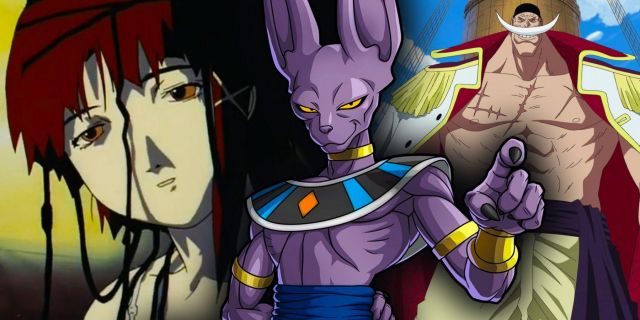


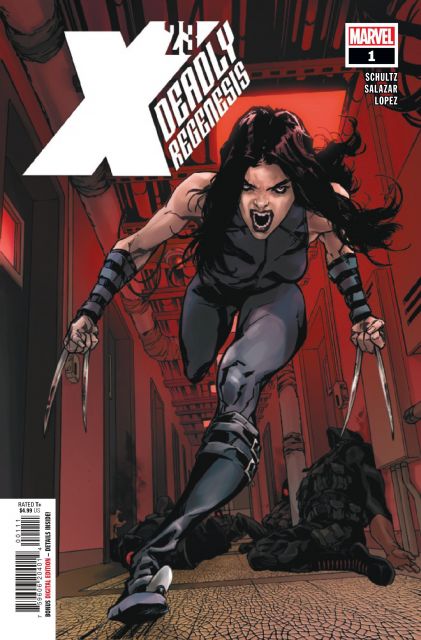
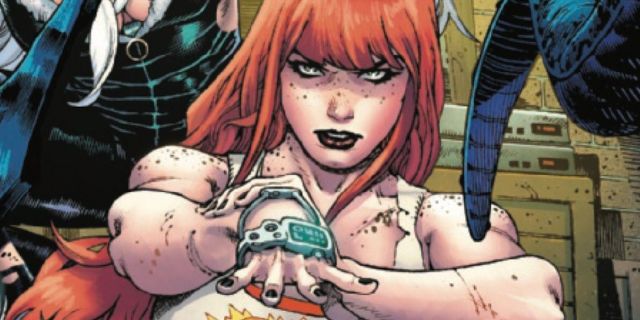
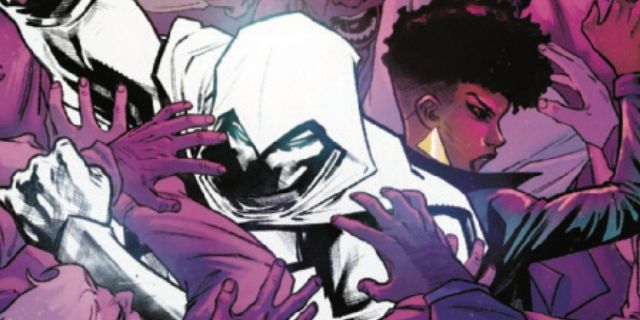


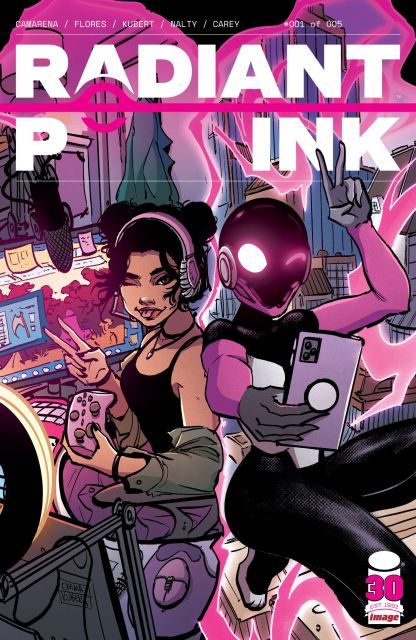





Leave a Reply